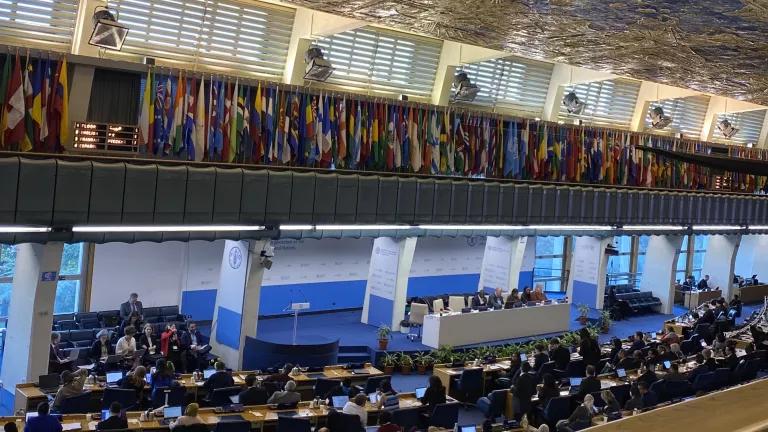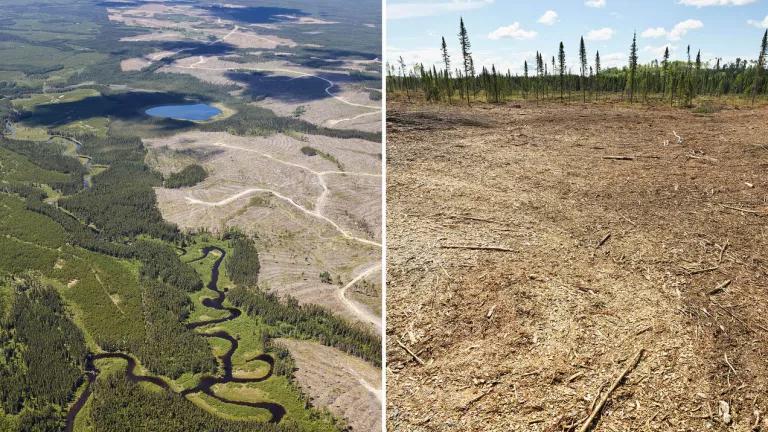
ROME, Italy – Last week, the countries of the world gathered in Rome to discuss their collective global response to the alarming IPBES report indicating that we could lose about 1 millions species to extinction within the next few decades and that the Earth’s natural systems were breaking down, which could cause widespread famine and massive economic losses, not to mention permanent changes to our biosphere and our ability to sustain life on Earth.
While the countries continued to negotiate the Post-2020 global biodiversity framework (post-2020 GBF) under the Convention on Biological Diversity (CBD), which is meant to set ambitious, time-bound, and effective goals and targets designed to address the biodiversity crisis and put us on a path towards recovery and a human existence that lives in harmony with nature, one thought inexorably and continuously entered my mind.
We’re doomed.
Time after time during the second meeting of the Open-ended Working Group on the Post-2020 GBF (OEGW-2), countries quoted from the IPBES report and its call for “transformational change” in their opening statements, and then advocated for goals and targets that were anything but transformational. I had to stop myself from thinking that I should just leave and go get some pasta (the fact that the coronavirus was staring us down from Northern Italy at the time didn’t help my mood), and remember that the IPBES report itself predicted this stage in the process.
To be fair, fundamentally it’s a planning nightmare: Countries are faced with the paradoxical challenge of setting even more ambitious biodiversity targets than the 2020 Aichi Biodiversity Targets, virtually none of which were achieved according to the IPBES report. It’s planning 101 that you would perform an assessment of failures before setting new goals and targets, but the IPBES report, for all its import and utility, doesn’t really tell us what “transformational change” actually looks like. It only says that transformative actions are necessary, and that it won’t be easy (maybe IPBES will provide us with some further guidance).
“By its very nature,” the Report states, “Transformative change can expect opposition from those with interests vested in the status quo, but such opposition can be overcome for the broader public good.”
Right now, countries are still grappling with the fact that the status quo, even if it includes improved sustainable development outcomes and climate change mitigation, won’t be enough to stave off the worst impacts of the ecosystem collapse and biodiversity loss. It’s like the planet is trying to lose weight and does everything it’s told—eats right, exercises like a fiend, sleeps 8 hours a night and drinks 10 glasses of water a day—and can still only expect to lose 5 of the 10 pounds it needs to in order to remain healthy.
Though obviously extremely difficult, climate change can be still solved while staying true to the existing “sustainable development” global paradigm if countries redeploy their policy and investment resources towards that end. That paradigm breaks down, though, when it comes to nature, largely because biological diversity just can’t sustain the kind of constant economic growth that the sustainable development model requires. What then must we do.
There were some bright spots, to be sure, mostly related to the inclusion of specific language related to certain key threats to wildlife and biodiversity in the “zero-draft” of the GBF. We worked with partners and pro-conservation countries to raise and include language supporting the protection of 30 percent of land and sea areas by 2030, language addressing the illegal wildlife trade and supporting the recovery of threatened species, and even language on the inclusion of ocean noise, long an NRDC priority issue, as a pollutant that should be reduced as a global priority to protect ocean life.
Though cautiously, key countries showed an interest in scaling up the level of ambition, always taking care to put meeting human needs front and center. The United Kingdom, India, the Philippines, Senegal, Australia, Mongolia, New Zealand, Gabon, and Costa Rica come to mind, though I know there were others that championed pro-conservation language.
Only Brazil, possibly the most biodiversity-rich country on Earth, seemed to take a purely obstructionist view, at times actively undermining progress on key issues. Perhaps that will change if Brazil can be assured that the kind of biopiracy that has taken place in the past can be avoided and the fair and equitable sharing of benefits from biological resources, a key tenet of the Convention, adequately engrained in the post-2020 GBF.
The next draft of the post-2020 GBF is going to be…interesting. The goal of the meeting last week was to evaluate the zero-draft, the discussion draft, and receive input from all the countries and stakeholders. If we continue with CBD process business as usual, the next draft will include as bracketed text all the various options and ideas introduced by the Parties. Each goal and every target will explode from one or two draft sentences to like 10 or 20 bracketed options and sub-options, to be further considered at meetings of the parties between now and October, 2020, when, COVID-19 willing, the final post-2020 GBF will be adopted in Kunming, China.
Hopefully at some point, a fairly transformative change will take place within the process itself, and the countries will start to coalesce around key pieces of the draft framework that, taken together, will bring about kind of vision that NRDC and its members see for the planet.



